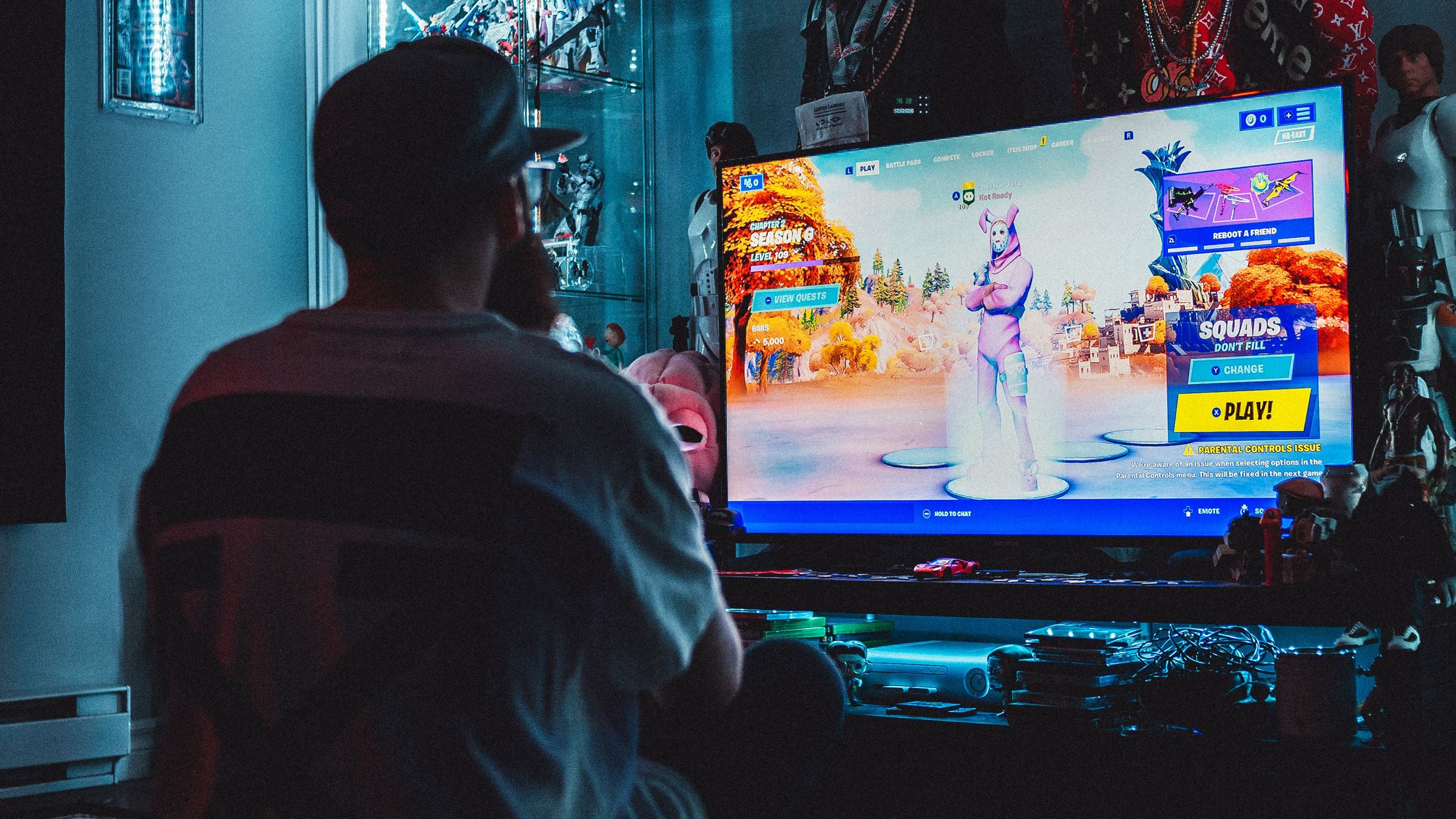A Green Light for Cloud Storage
One of the major concerns the technology industry had with the Aereo case while it worked its way through the courts was its possible impact on cloud computing. As I discussed in a blog post on last year’s Supreme Court decision, both the majority and the dissent provided clear signals that a cloud provider would not be directly liable for infringing content uploaded by a user. Now a district court in New York has held explicitly what the Supreme Court in Aereo held implicitly: a cloud provider is not directly liable for its subscriber’s infringing conduct. Moreover, relying on the Supreme Court’s Sony-Betamax decision, the district court also found that a cloud provider is not contributorily liable for its subscriber’s infringing conduct.
Volitional Conduct
In Aereo, several of the amicus briefs, including the one I filed on behalf of the Center for Democracy and Technology, and those filed by CCIA and law professors David Post and James Grimmelmann, stated that the starting point of any copyright analysis was identifying who was the volitional actor—who was the party that would be treated as the direct infringer, as opposed to a secondary infringer. Although the majority opinion, written by Justice Breyer, did not use the word “volition,” the way it framed its decision indicated that it believed that Aereo was the volitional actor. Justice Scalia’s dissent, by contrast, explicitly found that identification of the volitional actor was the first step of a proper copyright analysis. Justice Scalia further opined that the subscribers were the volitional actors because “subscribers call all the shots: Aereo’s automated system does not relay any program, copyrighted or not, until a subscriber selects a program and tells Aereo to relay it.” While the majority and the dissent disagreed on whether Aereo was the volitional actor, they appeared to agree that a cloud storage provider would not be the volitional actor.
Judge Carter in the Southern District of New York has now specifically reached that conclusion in Smith v. BarnesandNoble.com. The facts of the case are somewhat convoluted. Louis Smith wrote an ebook that he made available to the public through an ebook distributor, Smashwords. Pursuant to its agreement with Smith, Smashwords made his book available for sale and free samples on its website as well as the websites of its retail partners, including BarnesandNoble.com (B&N). B&N used a cloud-based digital locker system. In 2010, for the first and only time, a B&N customer acquired a free sample of Smith’s book (consisting of 5% of the book), which was saved in the customer’s digital locker.
In 2011, Smith terminated his agreement with Smashwords, and Smashwords stopped distributing his book. Through a miscommunication that may have partially been Smith’s fault, Smashwords did not notify B&N that Smith had terminated his agreement with Smashwords, so B&N continued to list Smith’s book. In 2012, Smith’s lawyer sent B&N a cease and desist letter, which caused B&N to delist the book immediately. However, B&N did not remove the free sample from the digital locker of the lone customer who had downloaded it. On two occasions after B&N received the cease and desist letter, the customer downloaded the sample from her digital locker. On the basis of these downloads, Smith sued B&N for direct and contributory infringement. B&N moved for summary judgment, and the district court has now granted the motion.
Direct Infringement
The district court noted that the Second Circuit in Cartoon Network v. CSC Holdings (sometimes referred to as the “Cablevision” case) found that direct infringement liability requires proof that the defendant engaged in volitional conduct sufficient to show that it actively infringed one of the plaintiff’s exclusive rights. The district court observed that the Cartoon Network court refrained from deciding whether one’s contribution to the creation of an infringing copy may be so great that it warrants holding that party directly liable for the infringement, even though another party has actually made the copy. The district court stated that since then, other courts have grappled with that question, attempting to preserve a meaningful distinction between direct and contributory copyright infringement while also holding defendants directly liable for copies made by other parties in extreme cases. According to the district court, courts have looked to the purpose and general use of the service in question, finding volitional conduct where a service or program was designed solely to collect and sell infringing material (Capitol Records v. ReDigi) or where a program collected material that its creators knew to be infringing (Capitol Records, Inc. v. MP3tunes, LLC).
Applying Cartoon Network to this case, the district court found that there was no evidence of volitional conduct by B&N. B&N had a license to distribute the sample at the time the sample was initially selected. After the termination of the license, it was the customer who requested and retrieved the sample from her locker, as in Cartoon Network.
Furthermore, the district court found that this was not an instance where the defendant’s contribution to the infringement was so great that it warranted holding the defendant directly liable for the infringement. While B&N did host copyrighted material in its customers’ digital lockers, it was licensed to do so. Other than Smith’s allegations concerning his book, Smith presented no evidence that B&N hosted unlicensed materials in its digital lockers. B&N “did not have a fundamental and deliberate role, such that it was transformed from a passive provider of space in which infringing activities happened to occur to an active participant in the process of copyright infringement.”
The district court found that the lack of volitional conduct on B&N’s part precluded Smith’s claim for direct infringement of his reproduction and distribution rights.
Contributory Infringement
The court then turned to Smith’s contributory infringement claim. The district court articulated the standard that once a plaintiff establishes direct infringement by a third party, “a defendant may be held liable for contributory copyright infringement if, with knowledge of the infringing activity, it materially contributes to the infringing conduct.”
The district court first considered whether the customer infringed Smith’s copyright by downloading the sample from her digital locker to her e-reader. The district court observed that “an individual may move copyrighted material around on his personal hard drive without infringing on copyrights” under fair use and other defenses. The court added that “to find that she may not move material between her personal hard drive and personal cloud-based digital locker would have far reaching consequences for the many users of cloud-based storage systems like Dropbox of Apple’s iCloud—particularly as it is not always clear to the user what is stored locally and what is stored in the cloud.”
The district court, however, chose not to decide whether the customer’s actions constituted infringement, and instead resolved the contributory infringement issue on the basis of the Sony-Betamax rule. The district court noted that under the Supreme Court’s Sony-Betamax decision, “a defendant who distributes a product or service that materially contributes to copyright infringement will not be liable for contributory infringement if the product also is widely used for legitimate, unobjectionable purposes or is merely capable of substantial noninfringing use.” The district court found the B&N’s digital locker system was capable of substantial noninfringing uses; indeed, the system in fact was employed for commercially significant noninfringing uses. In 2012, when the customer downloaded the sample to her e-reader, B&N’s eBook store contained more than 2 million licensed titles. In the court’s view, “this noninfringing capability sets Barnes & Noble apart from defendants who provided the site and facilities for infringement and were found liable under theories of contributory infringement.” In contrast, under the Sony-Betamax rule, “noninfringing use must be near-impossible for summary judgment in favor of plaintiffs to be appropriate on this sort of claim.”
What’s Really Going On?
The district court’s helpful examination of the application of copyright law to cloud-computing doesn’t address an obvious question: why did Smith sue B&N over the downloading of a sample consisting of just 5% of the book, when Smith had authorized such downloading for three years? I suspect the answer is that Smith hoped to recover statutory damages from a deep-pocketed defendant. As previously discussed on DisCo, the current statutory damages framework in the Copyright Act incentivizes trolling behavior. That probably is what happened here.
Conclusion
The district court’s decision offers great comfort to cloud storage providers. It makes clear that “a passive provider of space in which infringing activities happened to occur” is not the volitional actor, and thus directly liable, with respect to that conduct. Further, the decision emphasizes that a cloud provider is not contributorily liable for its subscriber’s infringing activity unless noninfringing use is “near-impossible.” Finally, as a bonus, the decision in dicta suggests that fair use permits a user to space-shift lawfully acquired content from the cloud to her personal device.








